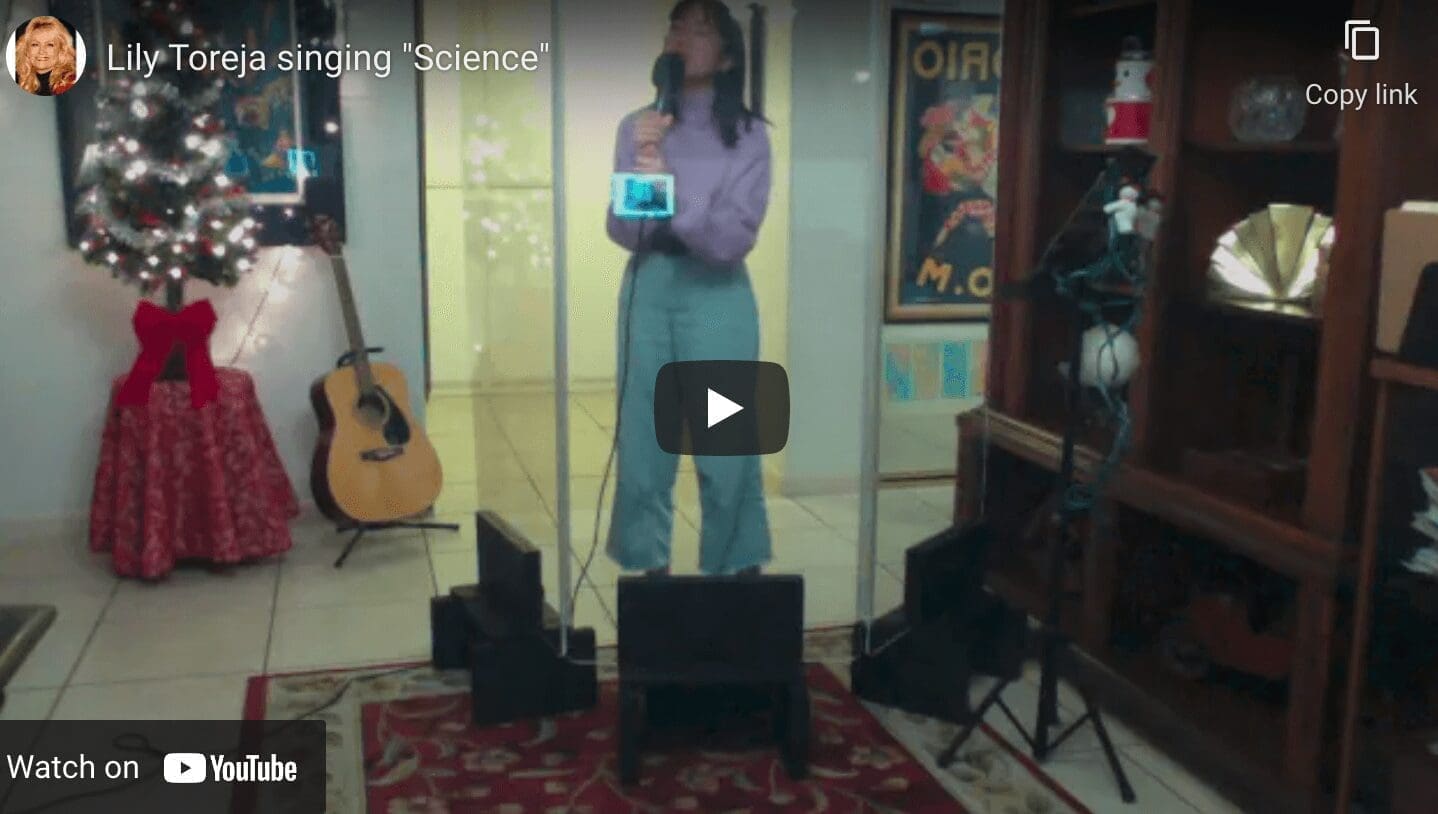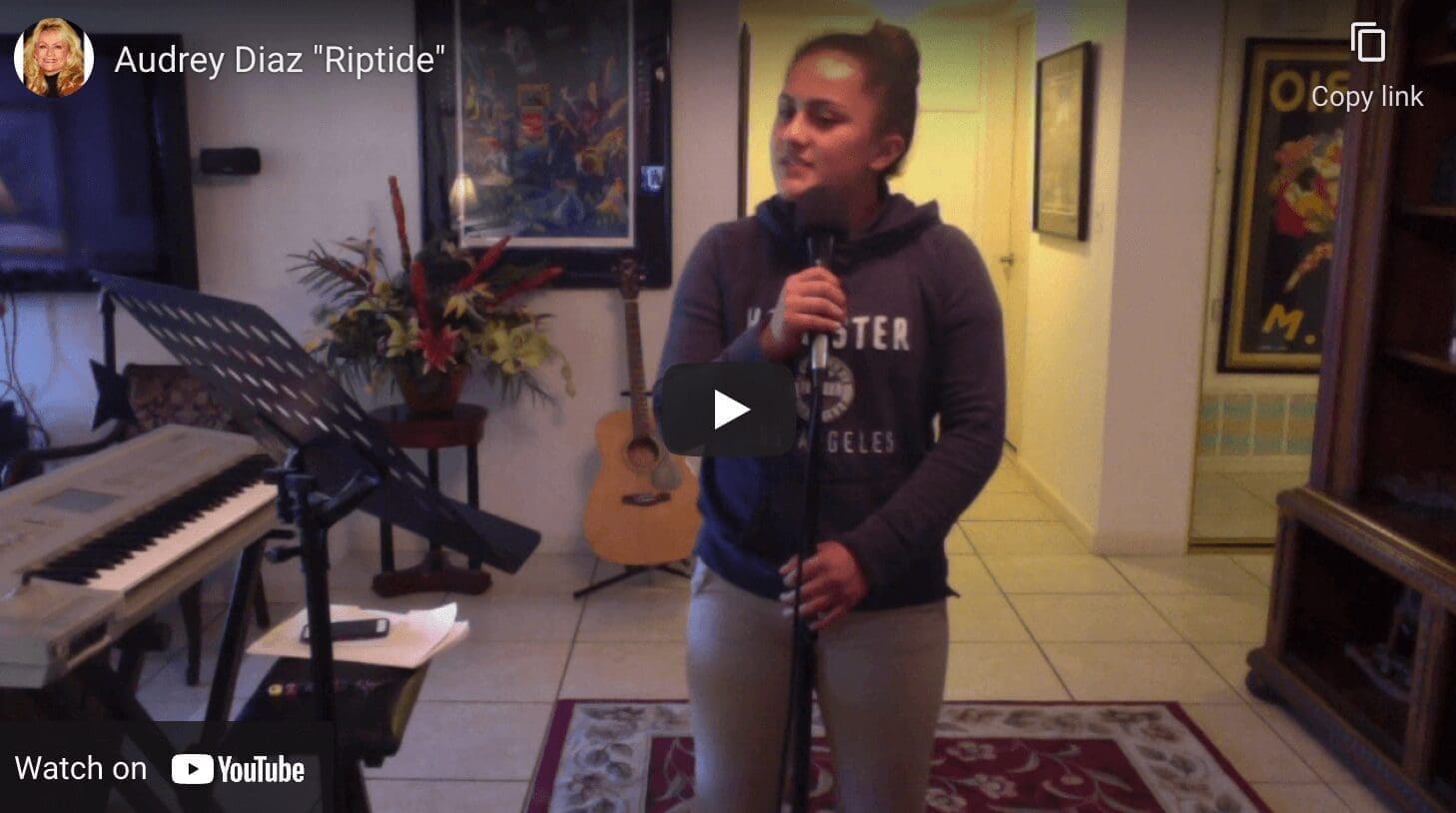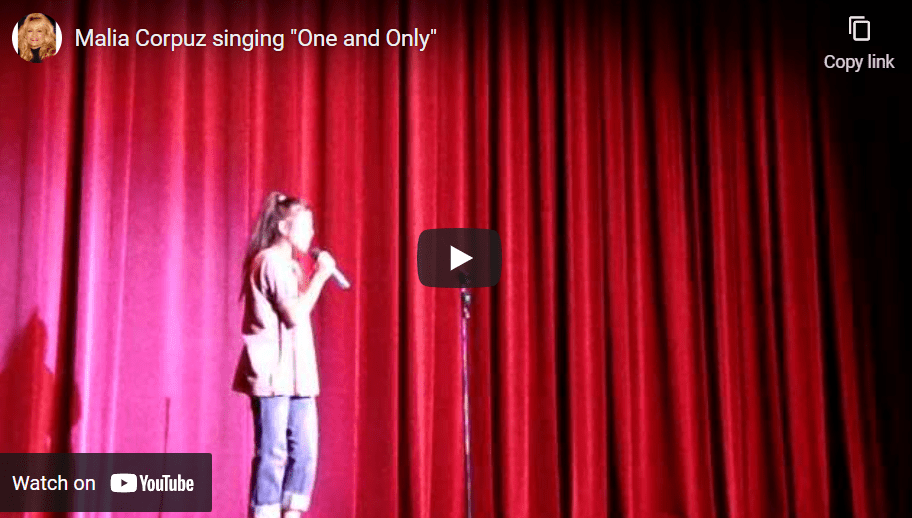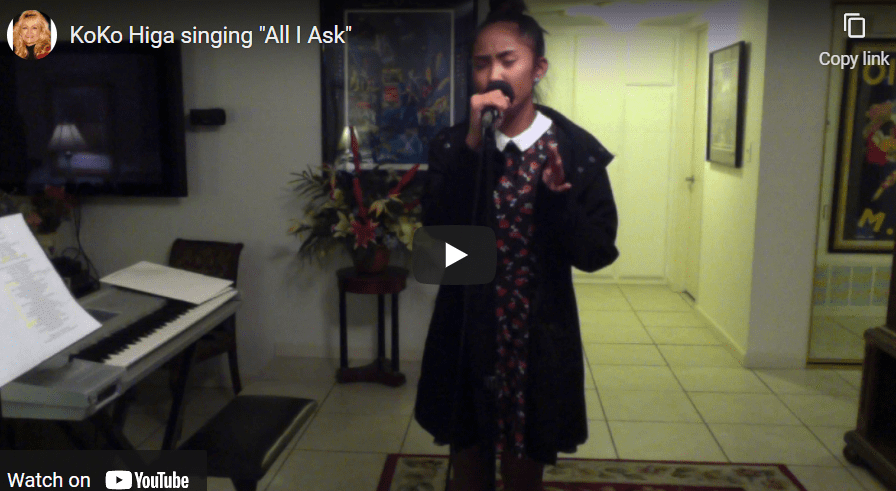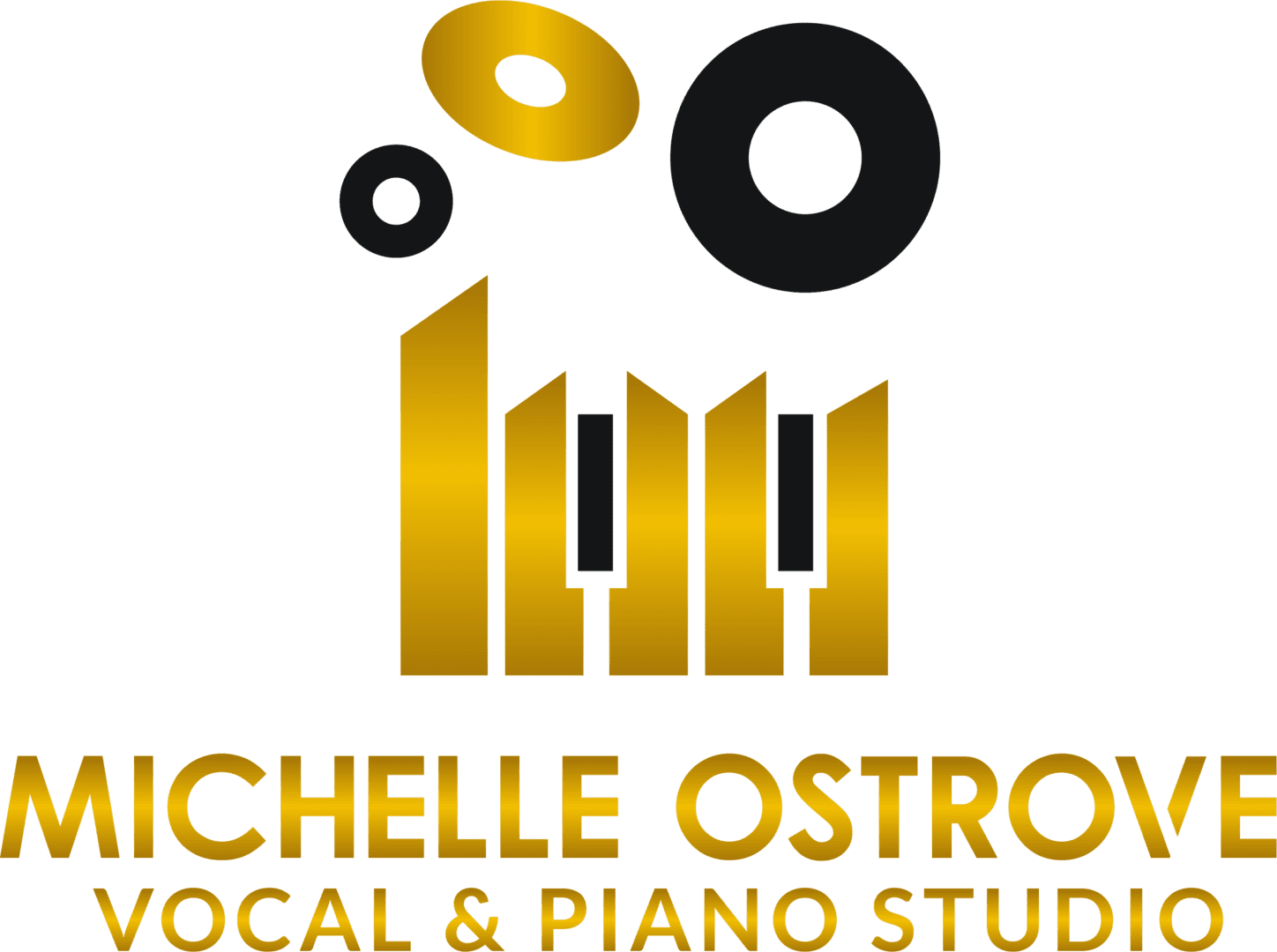Explore the Michelle Ostrove Blog
All the sounds we make when we sing are the results of muscles contracting, air passing through the vocal tract, and articulators producing the words we sing. We have a large and complex group of muscles that change the shape of our vocal tract (container of air). Any of the vocal organs above the larynx are used for the purpose of manipulating and generate vocal sound when we singing. The larynx could also be described as an independent and complex…
Read MoreThe singing voice can be considered a wind instrument and has three components: voicing, resonance and articulation. The oral and nasal cavities have very important functions when you sing. They are used as acoustic resonators for your voice along with the larynx (See Blog “Unlocking The Key To Your Voice” 11/4/20) and pharynx. They both act as resonators (See Blog “The Sound Transmission of Your Voice” 11/9/20) that amplify in various degrees of intensity. Think of them as chambers or…
Read MoreWhen a musician talks about singing through a phrase smoothly or playing a few measures smoothly, they are talking about connecting the notes and word as they are being sung or played. Do not let go of the note you are on until you’ve started to move the next note; there is smooth flowing sound without a break between the notes. There are no gaps in between the notes. The musical term is called “legato,” which is to be played…
Read MoreSingers with a great voice have strong vocal control! Yes, it’s all about control, being able to express your emotional through your voice exactly the way you want to with complete control. This enables a singer to use vibrato in strategic places, hold a note solid (without vibrato), being able to articulate runs and riffs, singing with power or singing softly (or even breathy) in just the right places. The most noticeable factor with a great singer is complete control…
Read MoreChords with four notes can be broken down into a three-note chord (triad) and one additional note. Let’s use Cmaj7 as an example for a chord with four notes. It would be played C, E, G, and B; this additional note is called a “seventh” because it is written as an interval (the distance between two notes) of a seventh from the root note “C”(counting C, go up seven notes and you land on B). By adding one more note…
Read MoreHave you ever pulled up next to someone in your car and the sound system was blaring! The bass was just thumping causing a vibration, rattling, and buzzing sound. The sound is coming from them but the sympathetic vibration is felt in your car. Similarly, when you are singing, there are different areas in your body vibrating in sympathy with the singing voice’s vocal folds (cords). You will feel different sympathetic vibrations in your nasopharynx (which is behind the ear).…
Read MoreIf you are serious about your singing or piano performance and want to perfect your craft, practice in front of a full-length mirror. This exercise will allow you to see your body movements and facial expressions while singing or play. There is no better tool to really make improvements while you perform. To really make an impact, your presentation needs to be smooth, seamless and polished, which means the delivery of the song will really touch the audience. Your singing,…
Read MoreOne of the most important characteristics of vocal control is the ability to listen to yourself and sing “on pitch” (singing right on the note)! A good voice embodies fine technique, which requires you to sing notes correctly, not singing a little higher (sharp) or lower (flat). If you have ever heard someone sing and thought, they can’t sing. That’s probably because they are not on the note; they are flat or sharp. From time to time a good vocalist…
Read MoreTaking care of your voice during cold and flu season really just involves paying attention to the normal habits that most singers should already be considering. First, be sure to drink plenty of water with a minimum eight glasses of water of day to ensure proper hydration. In the winter this is especially important because the air is dryer than usual, therefore vocal cords become stressed with the relatively low humidity. In addition, many of us often drink extra coffee…
Read MoreSome musicians are born with a natural “ear” for hearing and being able to match the pitch. Others (the majority of us) need to work on this regularly. Even professionals slide sharp or flat. It is something that needs continuous attention and practice. Good singers use their ears as much as their singing voice. The soloist’s ears are as important as their vocal sound. Any vocalist or musician will tell you their ears are tools to help them sound better.…
Read More